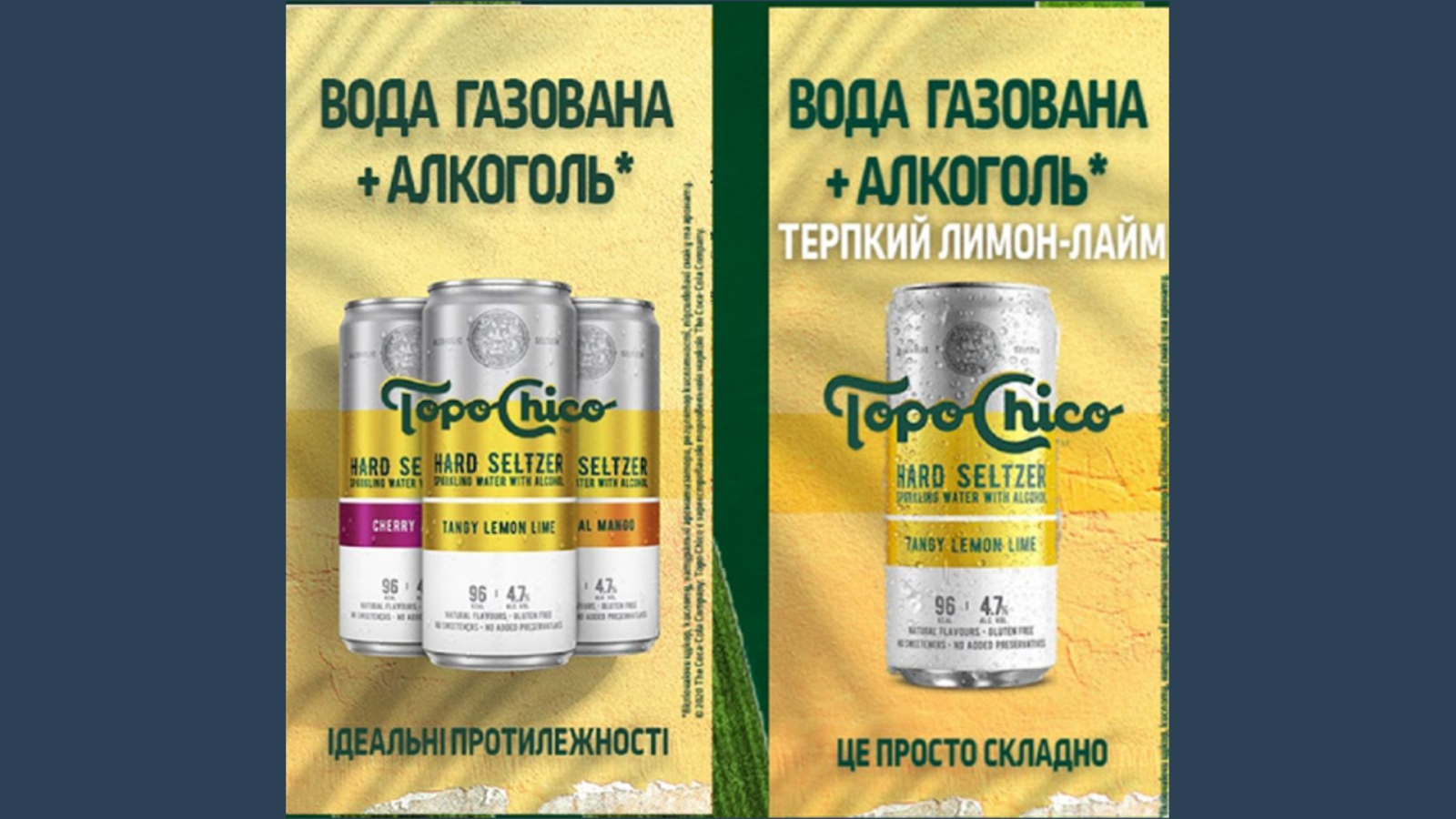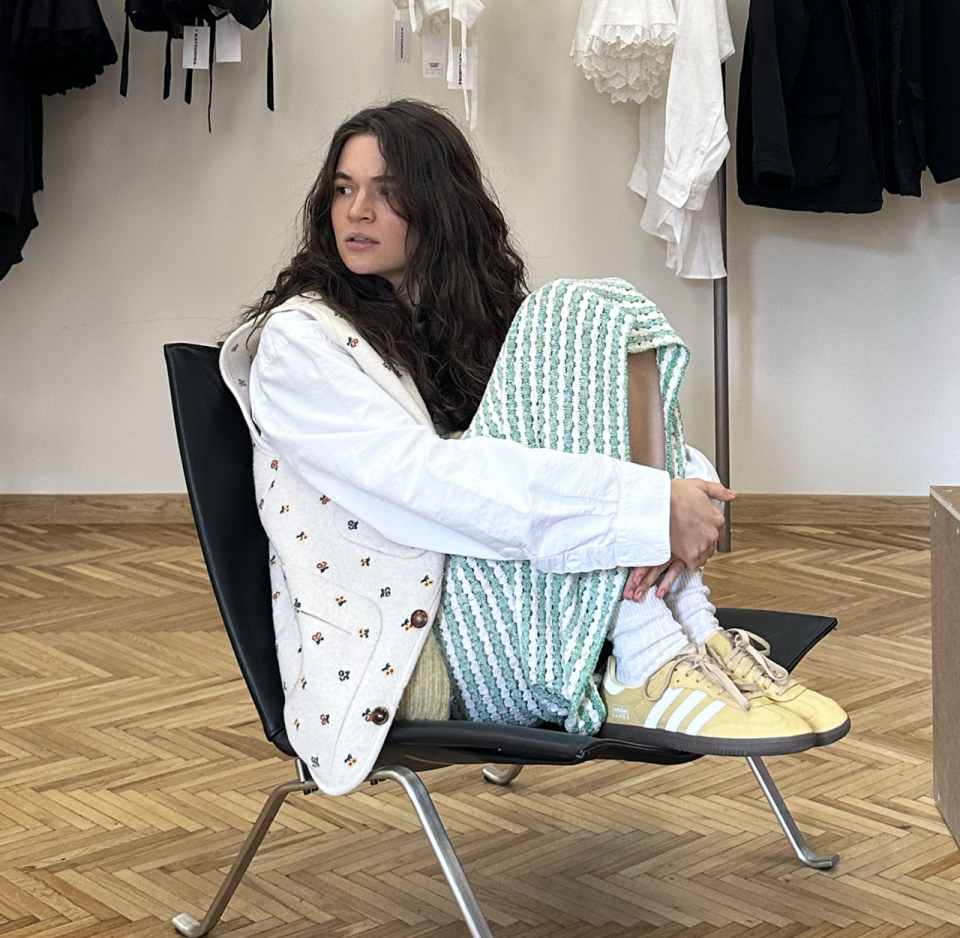Topo Chico
- Media
- Media strategy
- Comprehensive media campaigns

Case feature
This case demonstrates the mechanism for launching a new product in the market using a variety of research methods. These methods help at the initial stage of the campaign to assess market potential and determine the most effective communication strategies and segments with minimal investment.
Challenge
The success of a media campaign is 80% dependent on accurately targeting the audience and reaching them at the necessary frequency. Any marketer will provide a brief describing their audience (sometimes it’s a detailed portrait), but is it always based on solid research rather than assumptions? And what if we are dealing with a new product and creating an entirely new market category that requires detailed research to understand its potential and identify its target audience?
Campaign Goals
1. Launch a campaign for the new Hard Seltzer category.
2. Research potential buyer groups and the effectiveness of advertising messages for them.
Solutions
Launch a campaign using the Purchase Loop tool, which helps understand user behavior through real-time research. This technology leverages AI to systematize data and identify the optimal target audience, segmenting it and creating profiles ideal for targeting through a programmatic platform. The research was based on two approaches.
Campaign stages
PRE-LAUNCH
Artificial intelligence identifies the core buyers (focusing on purchase intent rather than attention and reaction to ads).
In addition to age and geographic restrictions, we segmented the audience based on analogous product consumption in adjacent niches (since we are introducing an entirely new category).
As a result of this stage, we formed 6 main segments for testing campaign creatives:
– Targeting age groups (18-24 and 25-34);
– Audience preferring low-alcohol drinks;
– Audience preferring fruit beer;
– Audience preferring cider;
– Audience preferring flavored vodka;
– Audience preferring light beer.
LAUNCH
We conducted tests of various advertising messages, using target audience segmentation to assess consumer interest and response. To gain a deeper understanding of the audience, we used personalized creatives and analyzed how buyers from different segments and geographic regions responded to various aspects of the ads. We focused on different product features, such as the alcoholic component, taste qualities, or low sugar content, to see how each resonated with different segments.

All data was centrally collected using Campaign Manager, allowing us to adjust the campaign in real-time. Advertisements were shown to all identified groups, and results were meticulously recorded. Artificial intelligence helped systematize reactions to messages and identify and scale referral groups to achieve representativeness.
Alongside the advertising campaign, we launched audience surveys using LoopMe Audience Intelligence technology. AI managed the survey display, identifying the most interested consumer groups during the campaign and learning about their purchase intent throughout the testing period.

PURCHASELOOP SURVEY
The third stage of the campaign involved launching a brand lift study to determine purchase/try intentions among users from various segments who saw the advertisement, compared to users from the same segments who did not.
The system also allowed us to record and systematize all programmatic placement settings for each group.
ANALYSIS
The final stage was analyzing the results to create a profile of the potential consumer and establish a system of settings that allows us to find this target audience across different networks using programmatic placements.
Results
Thanks to AI, we identified consumer loyalty to various brands and created ready-made audiences for targeting. This optimized both digital and offline sales strategies. Video ads on Facebook and YouTube increased product awareness and provided additional data about the audience. The campaign helped uncover the most loyal consumer groups, effective communication formats, and created a profile of the target buyer. Understanding competitors in adjacent markets will enable us to improve future advertising messages.






